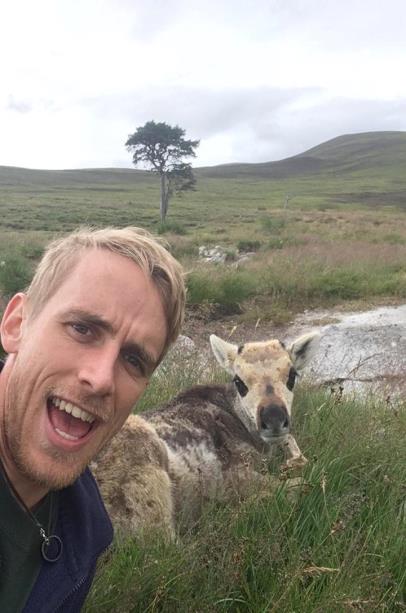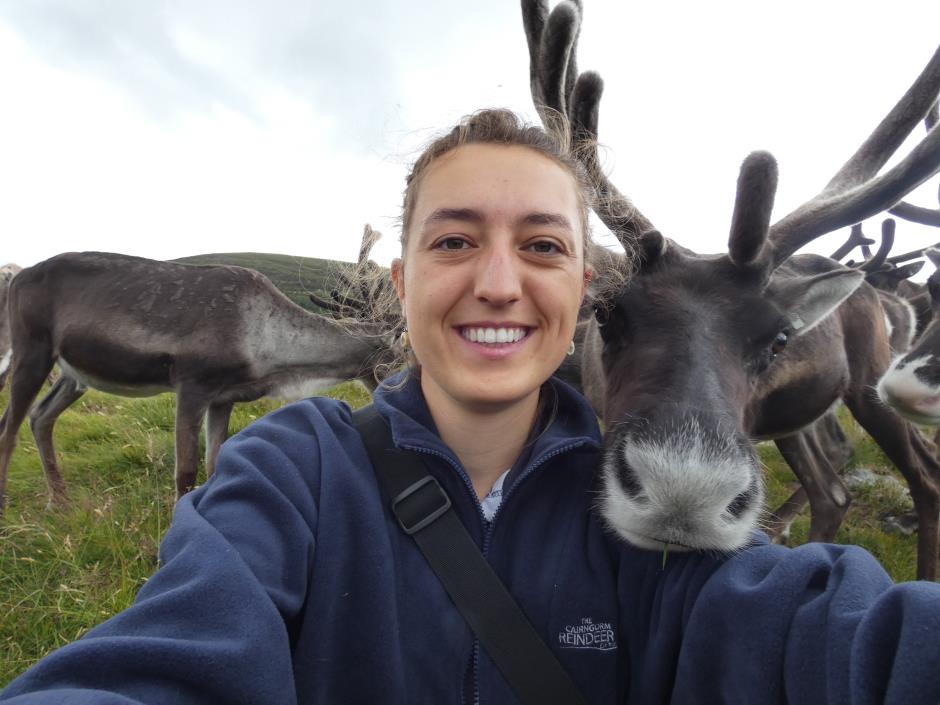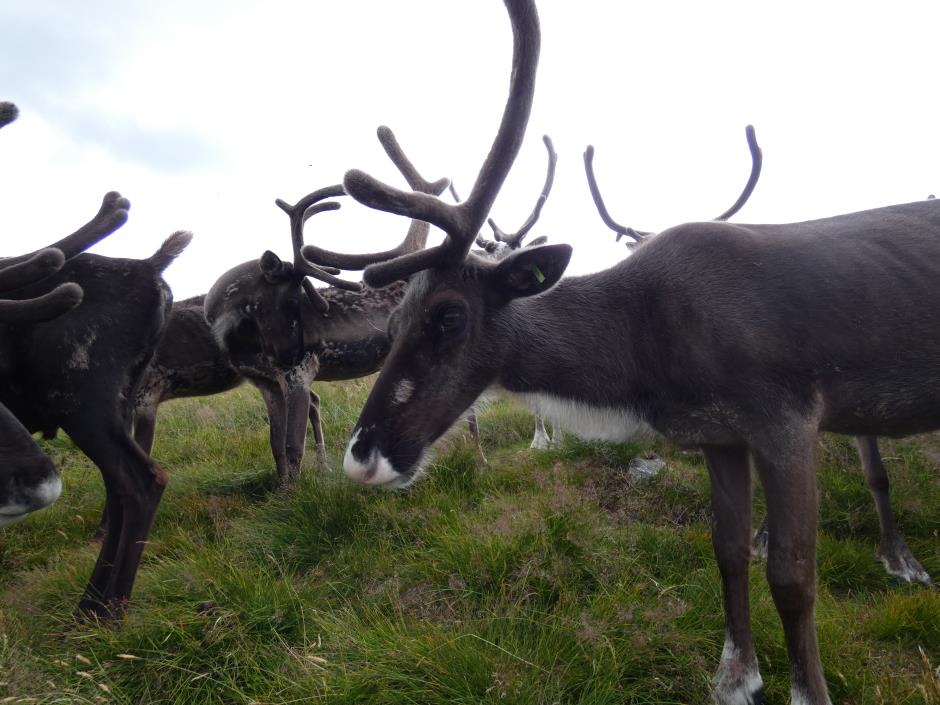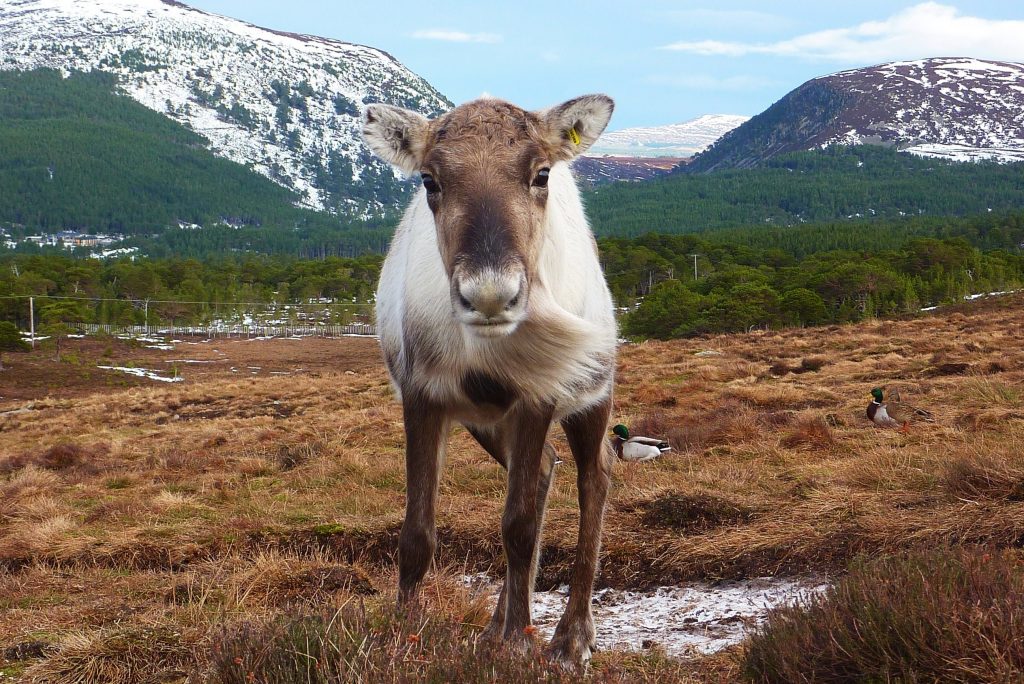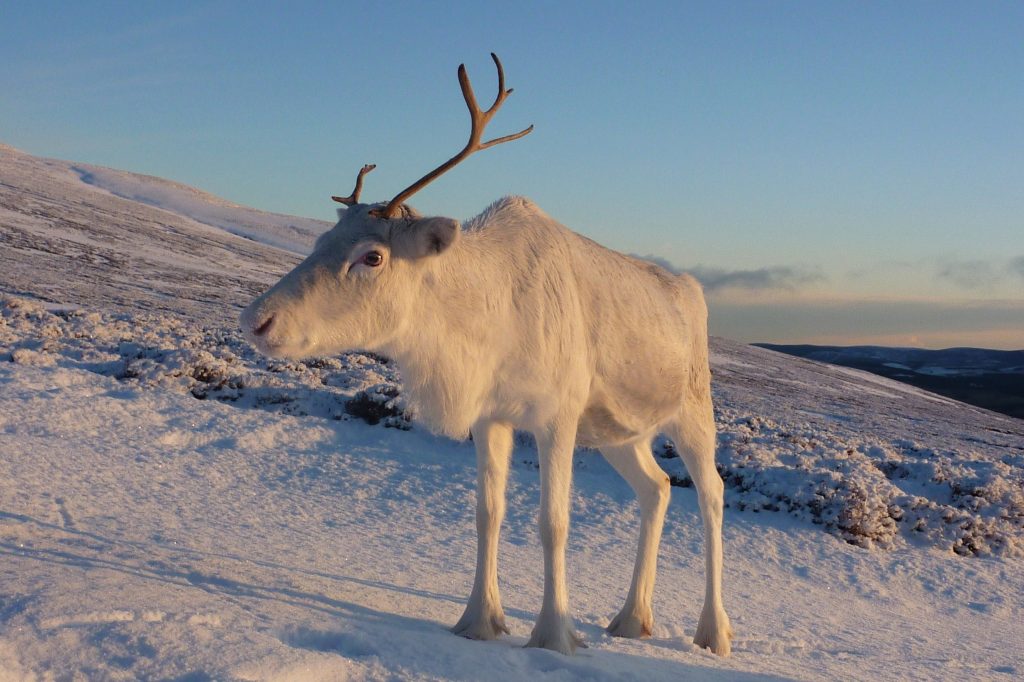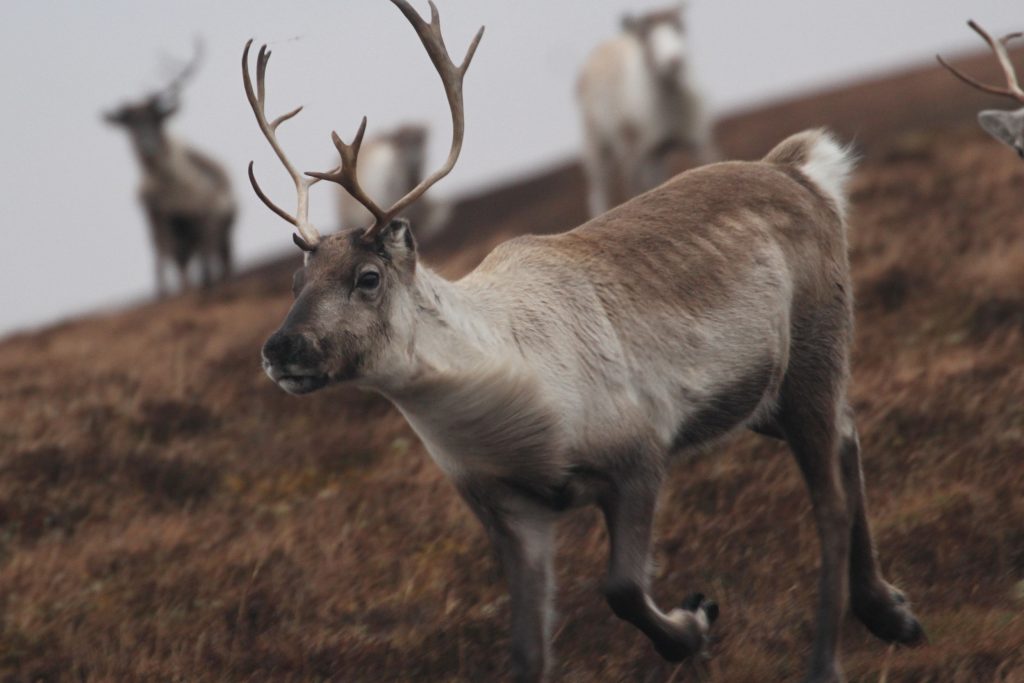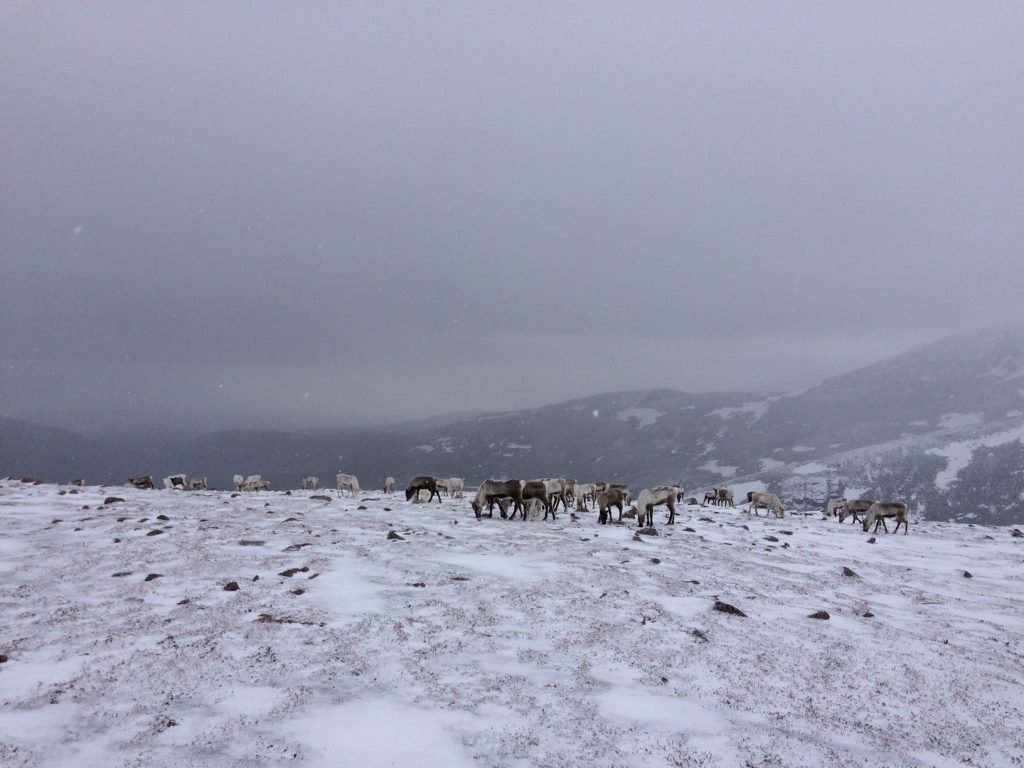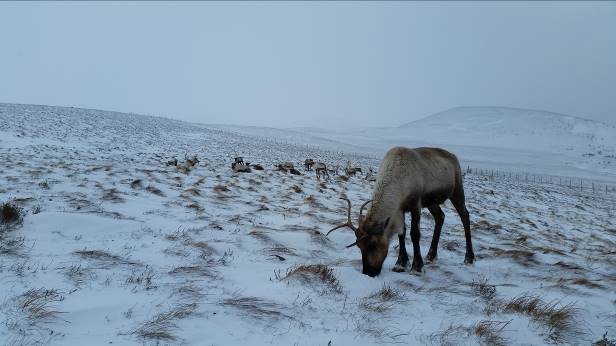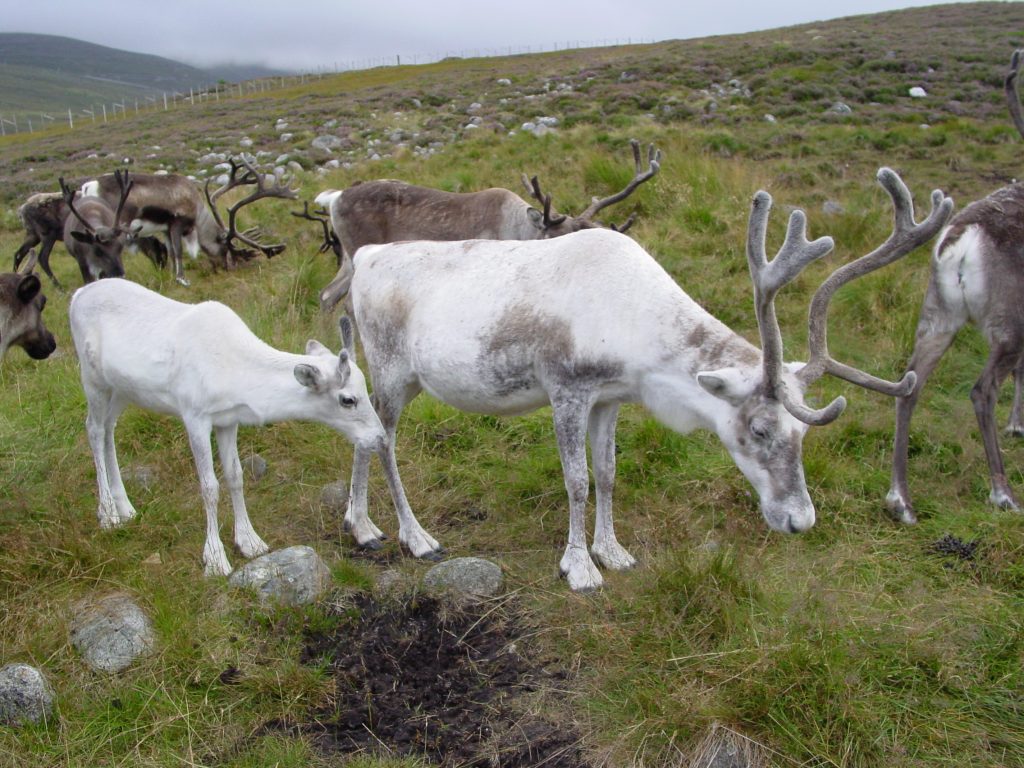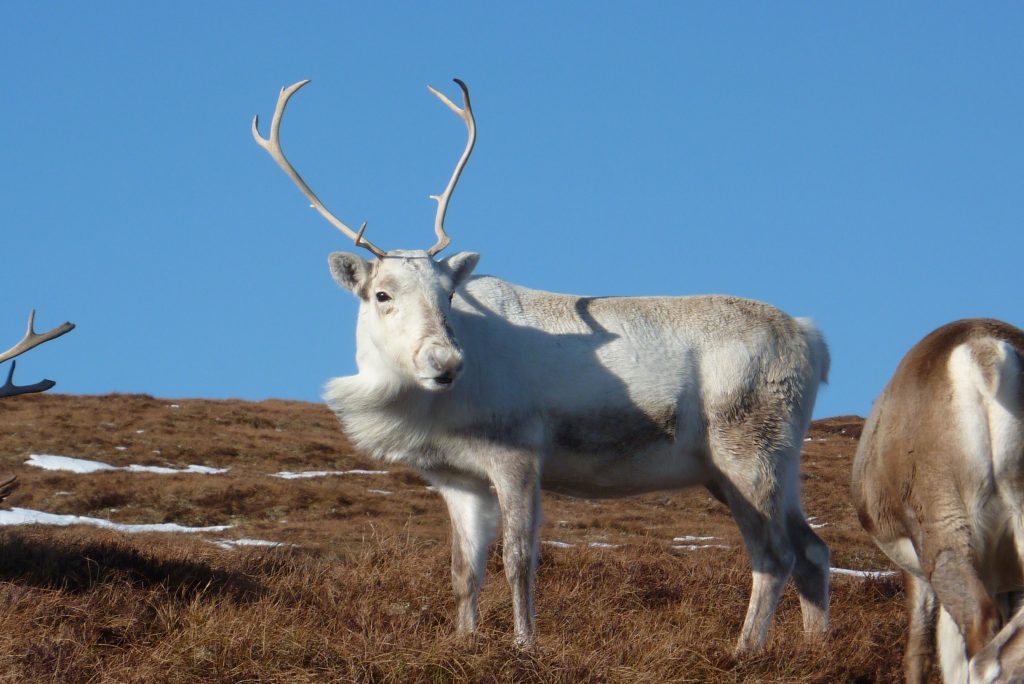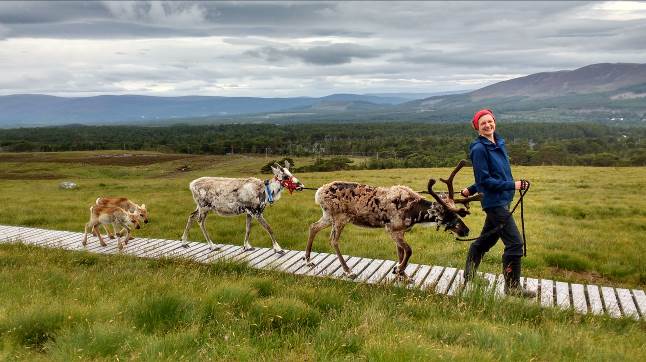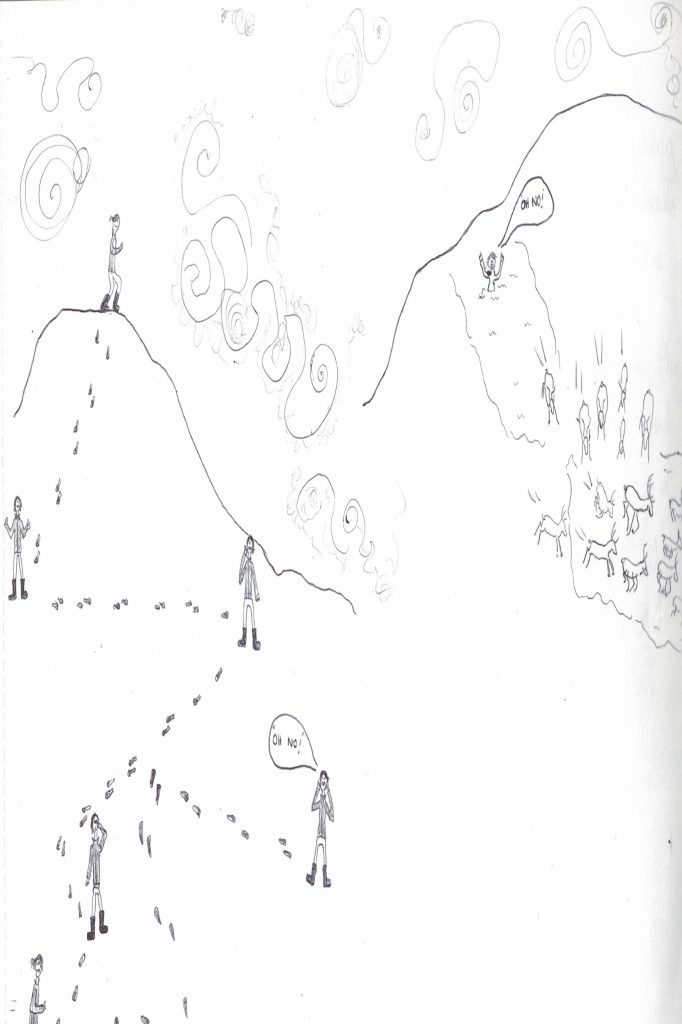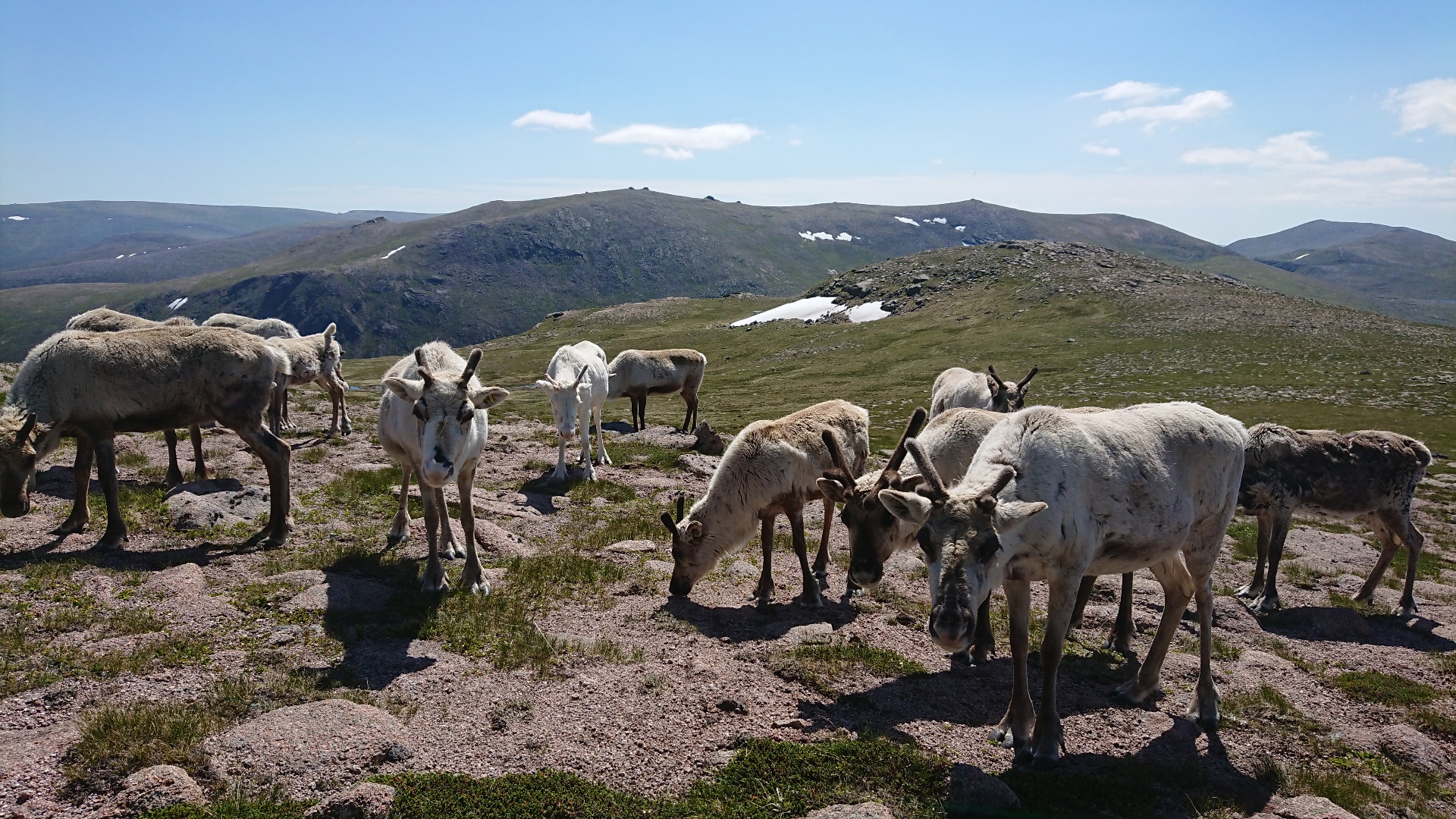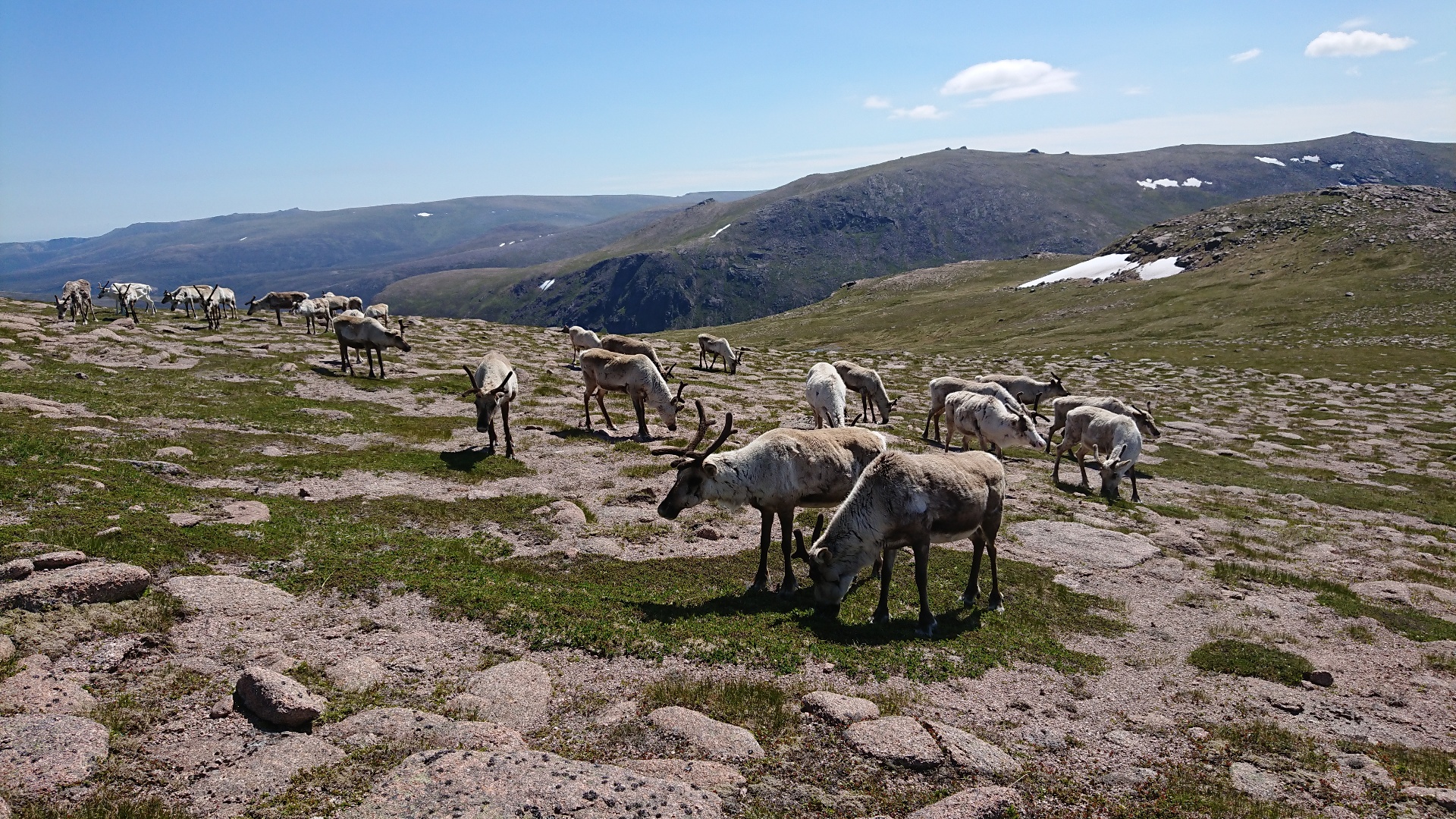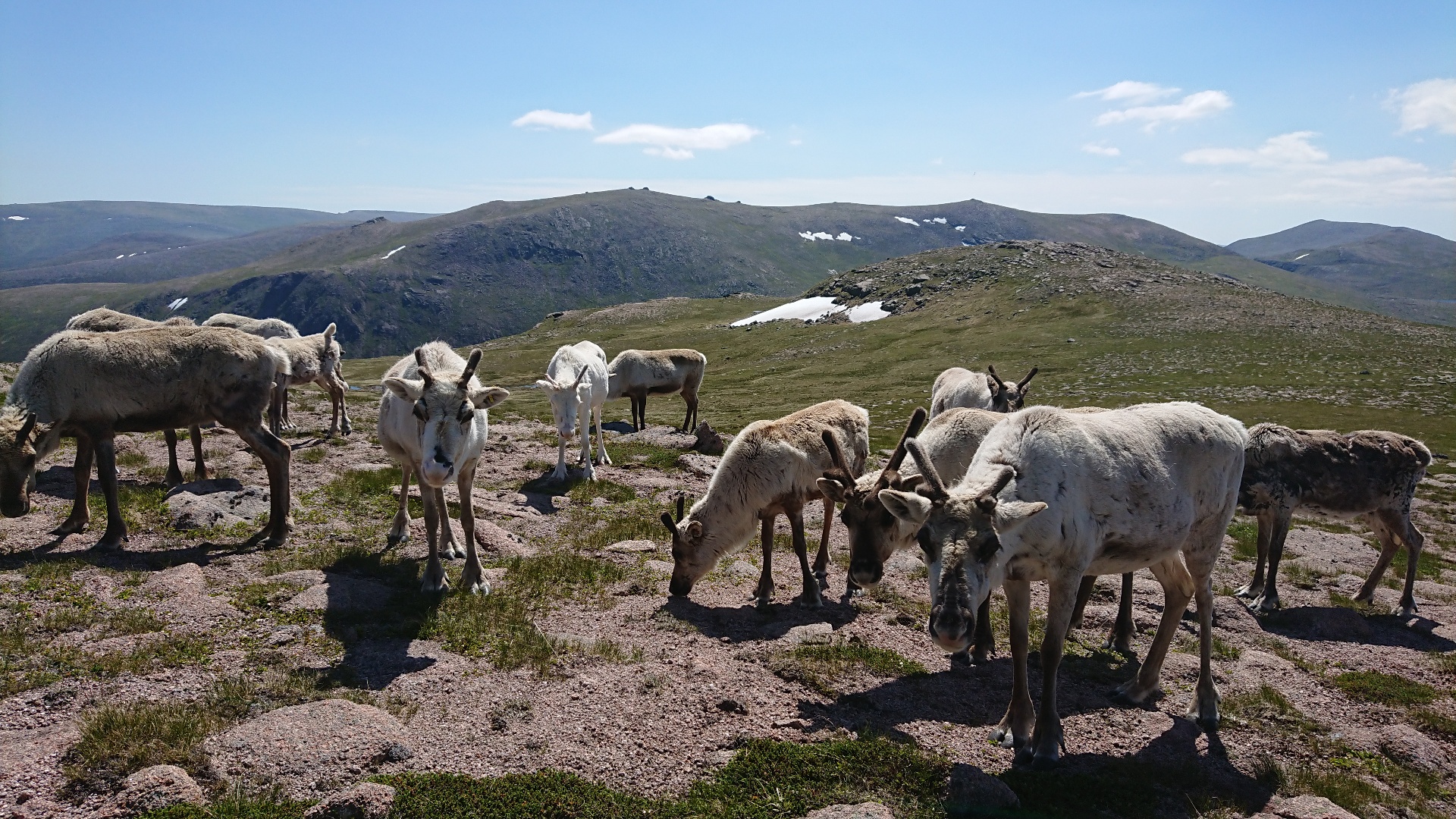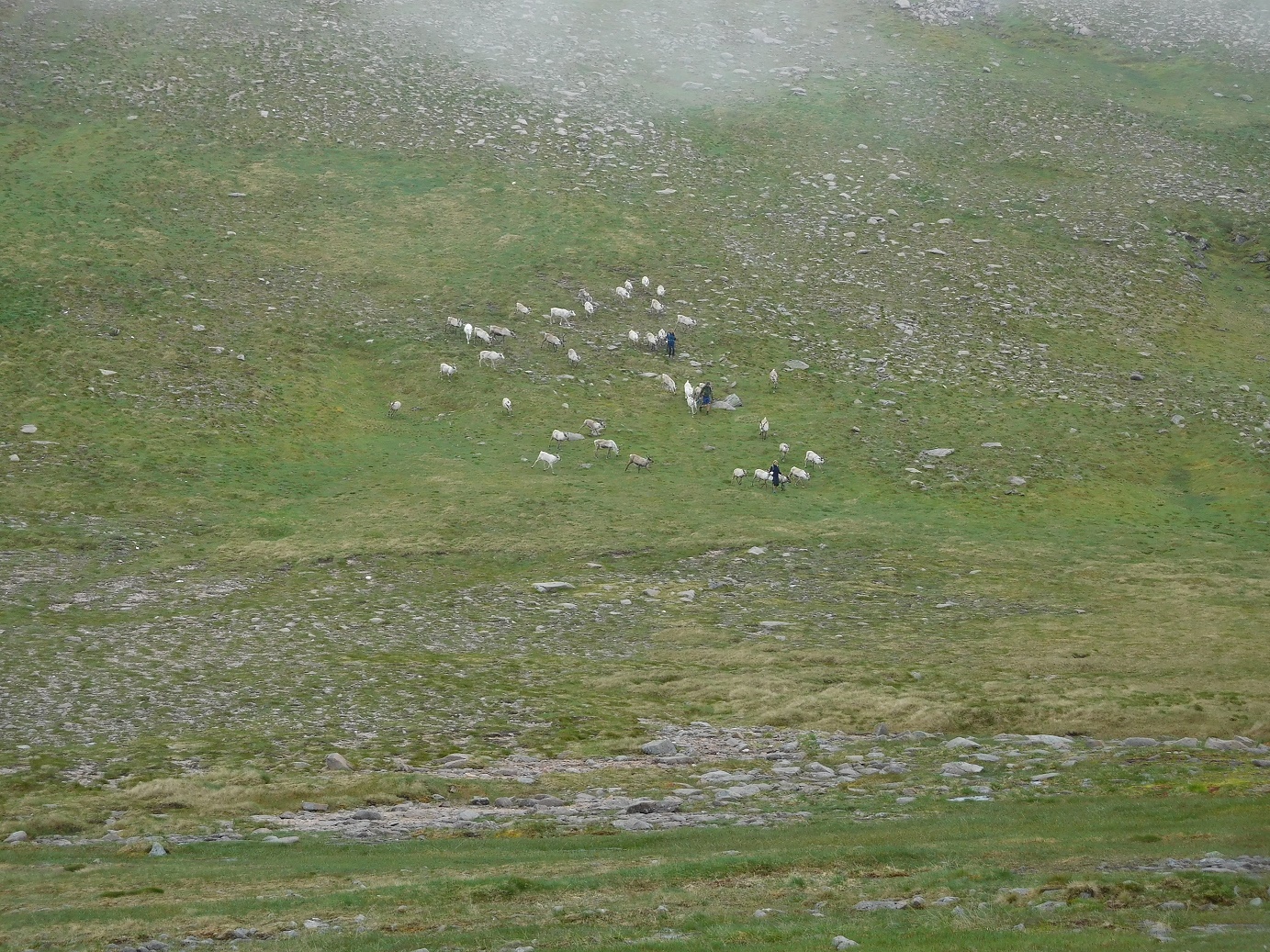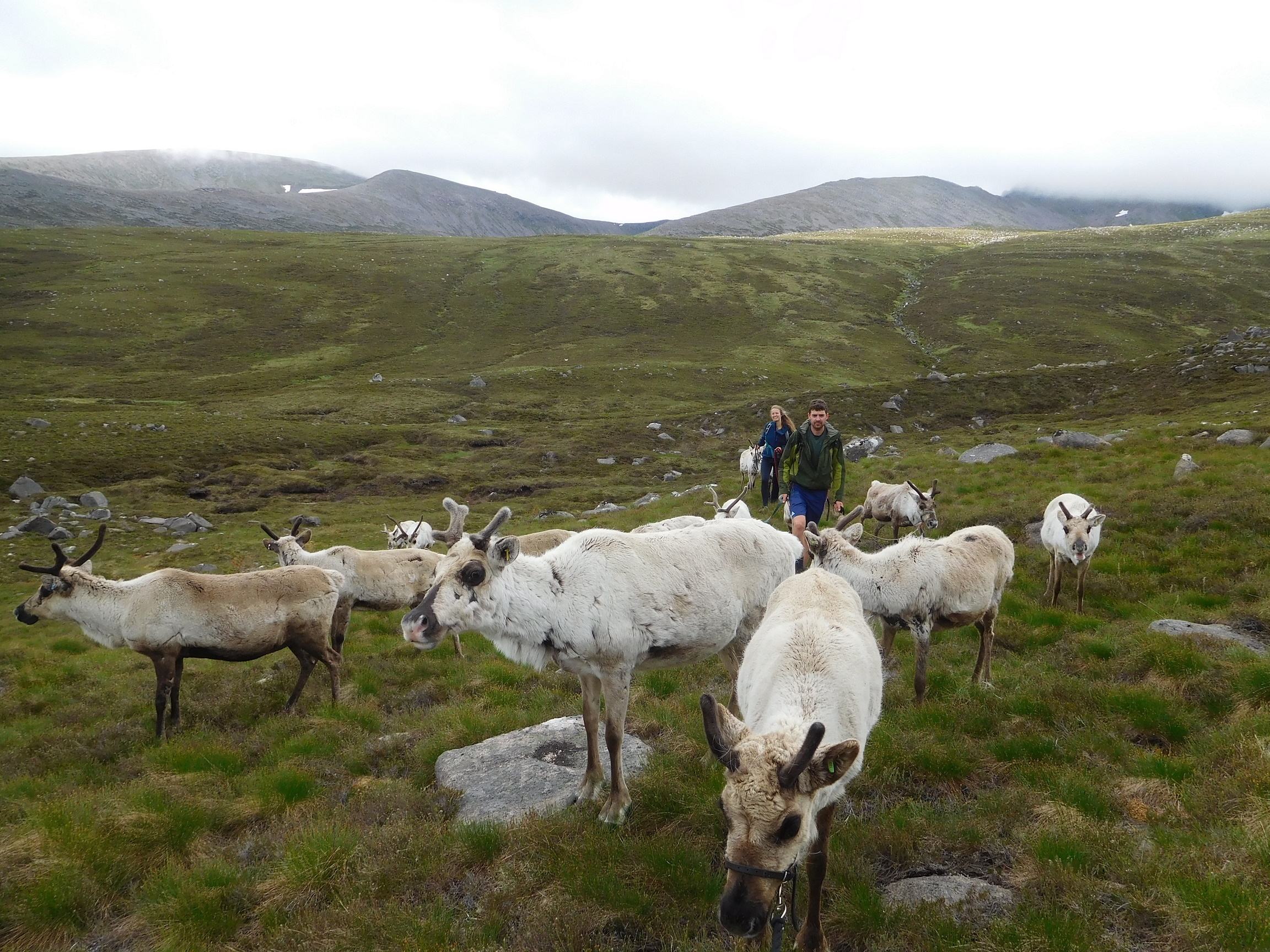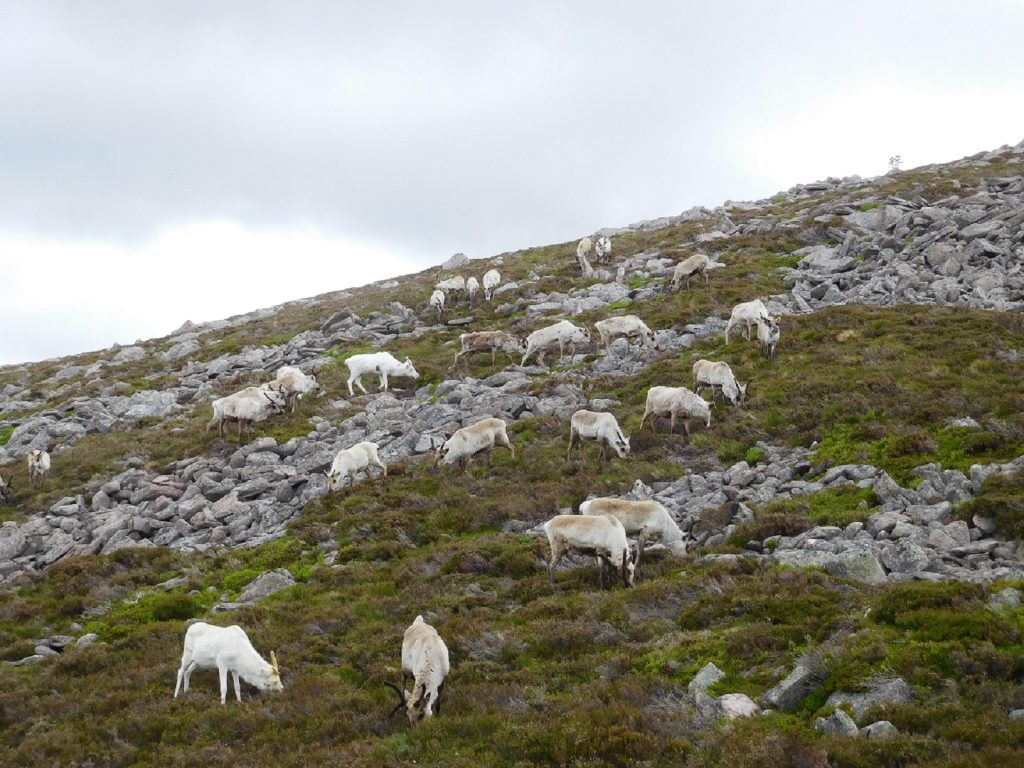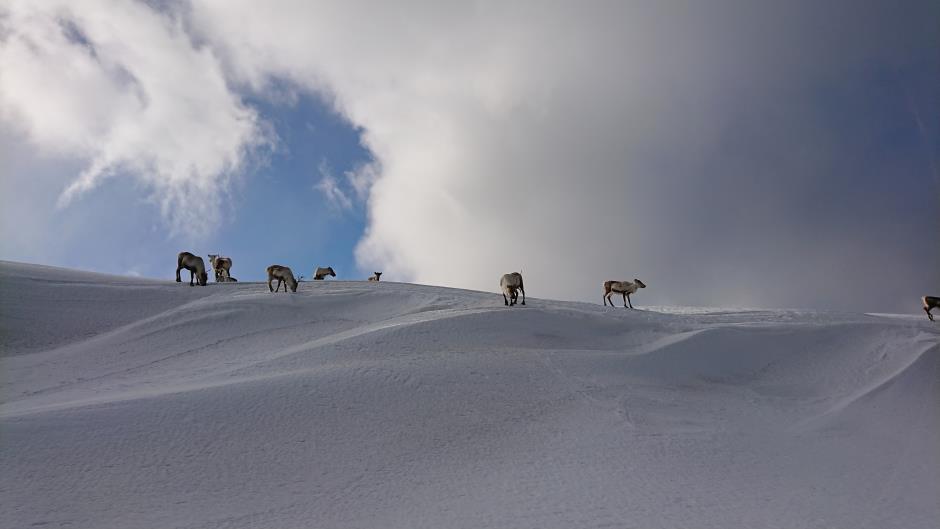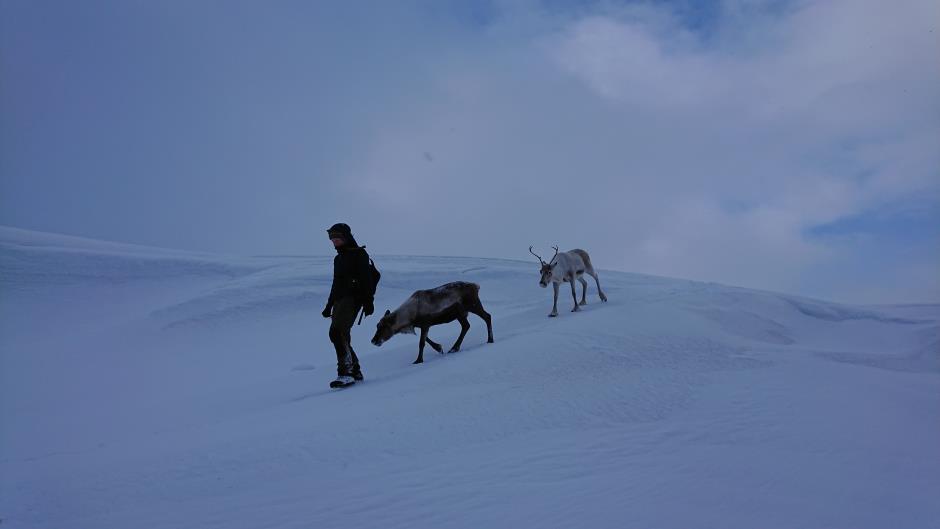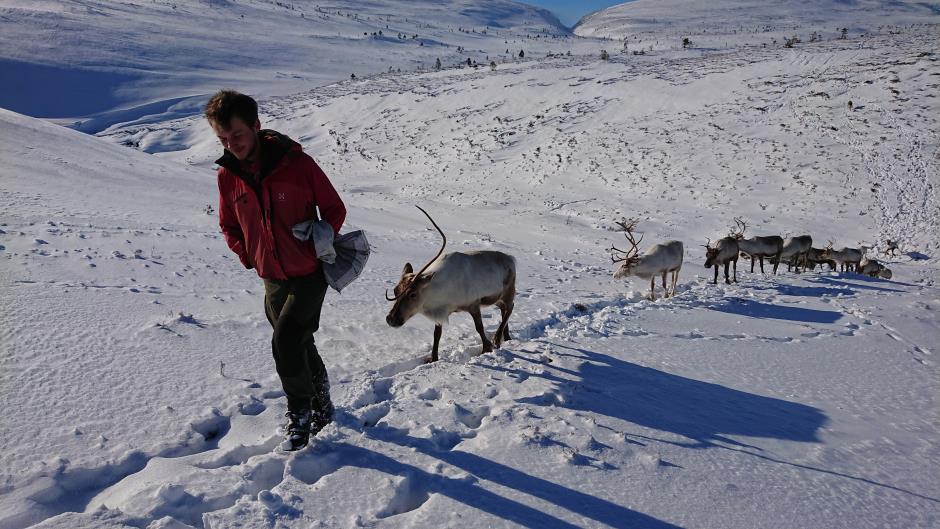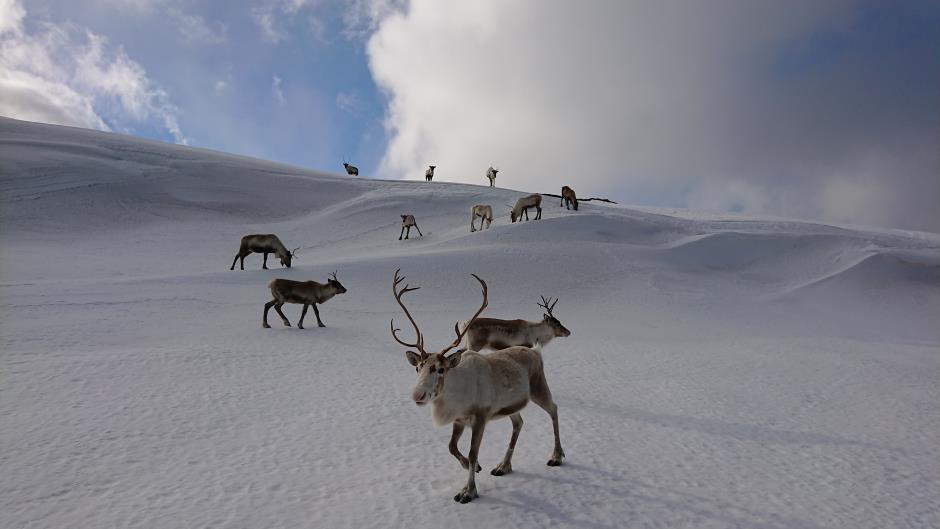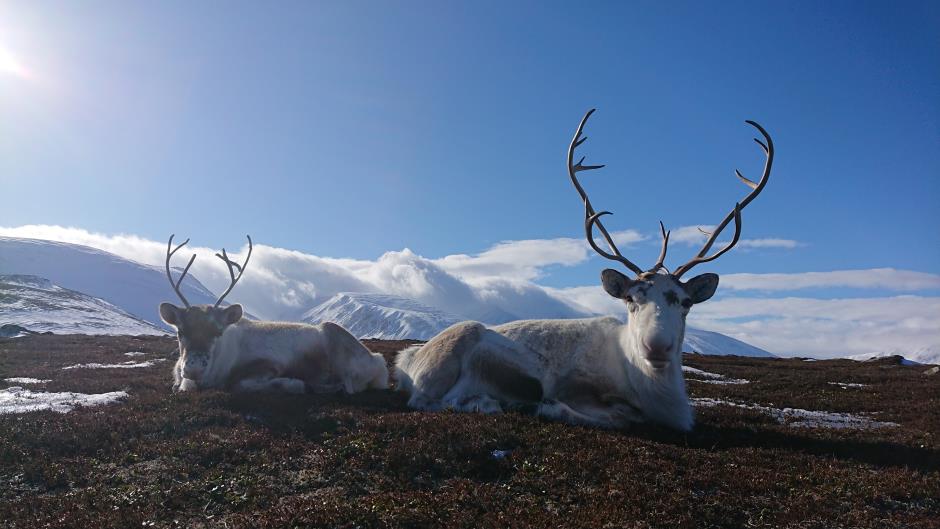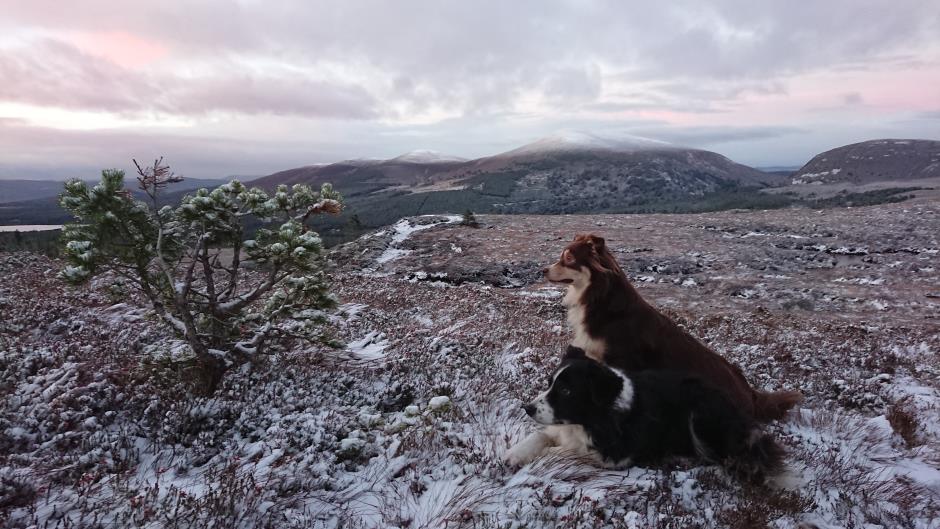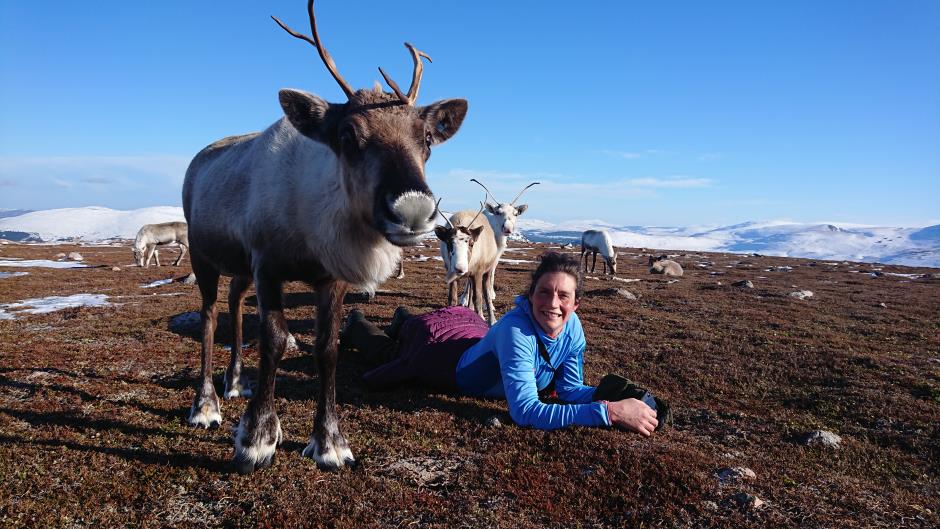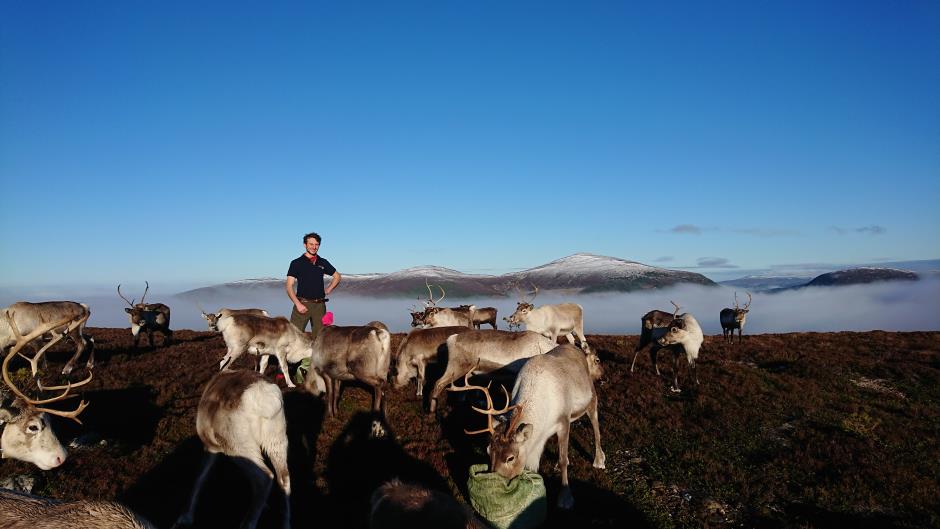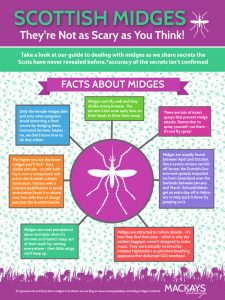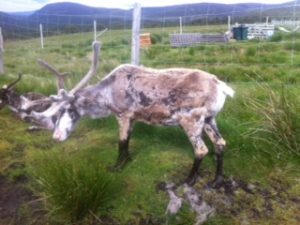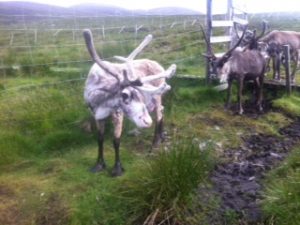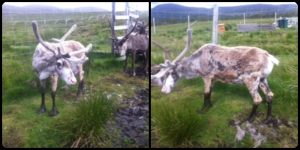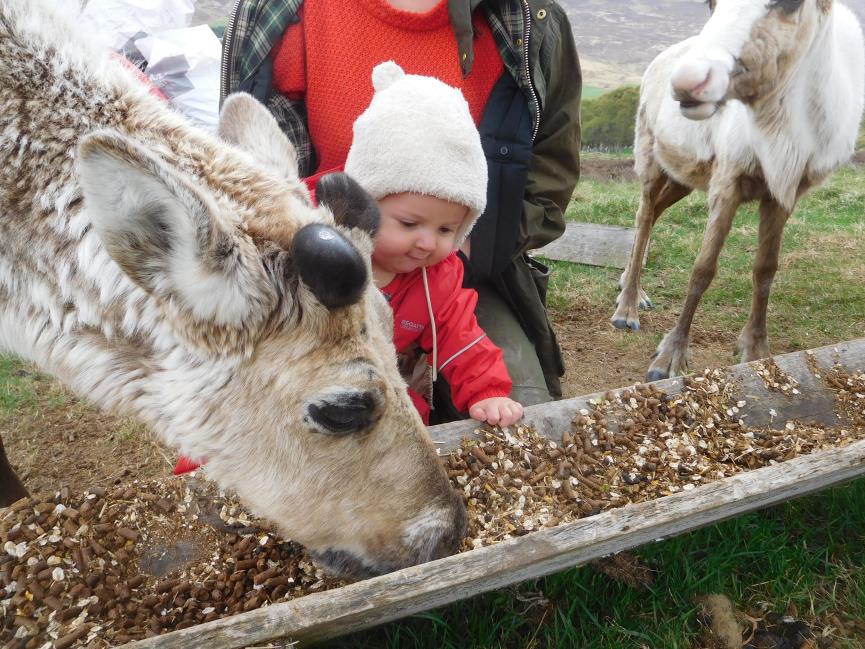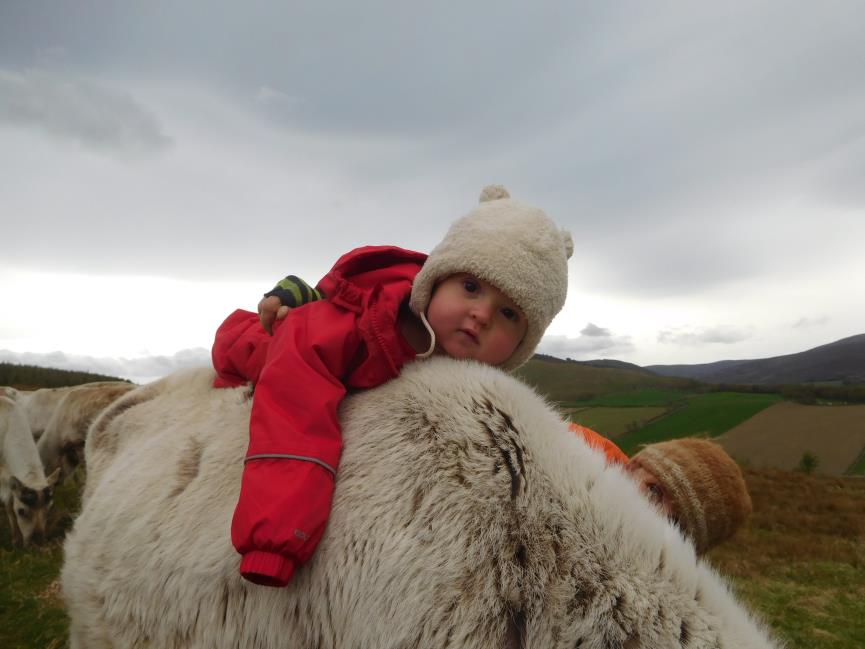Four years. That’s how long it’s been since I had my first stint as a ‘Reindeer Herder’. It is a job title that has raised many curious eyebrows in subsequent job interviews. “No it’s not a typo, it really did happen” is a sentence I have found myself saying all too often.
Those four years have been spent living in big cities, first Sydney and now North London, where in September I will resume my final year of study as a Physiotherapist. Hen pointed out that I only seem to come up to work at the Reindeer centre when there is a football World Cup taking place. And amongst the changes here since 2014, is the amount of herders who would watch the matches with me (and not all of them would be supporting “the team playing against England”). The majestic and dramatic mountain range appears to have remained the same, as has the gentle and charming nature of the Reindeer. ‘Strange’ is the word I would use to describe seeing the yellow tags (cheeses) as grown-ups, having known them only as calves in 2014. But no words can describe the depth of positive feelings which I get from being up in this part of the world, surrounded by friendly and fun human-beings, as well as the delightfully mischievous Reindeer. Even when I can’t scrub the smell of Reindeer food off of my hands, or I am bitten by my hundredth midgie of the day, I have a lot of gratitude to be up in such a beautiful part of the world.
One feeling that I had forgotten is the feeling of blissful exhaustion. After a day of herding, there are so many fun things to do in the evening such as sport, wild swimming and fell-running that it’s hard for the body to keep up. But with FOMO (fear of missing out) imbedded into my brain, the body is finding a way to adapt from sedentary study days to keeping up with shenanigans and I recently attended my first ever Ceilidh (a night of traditional Scottish dancing) where I had a whale of a time.

I hope to see you on a tour sometime and share the pleasure that one gets from being around these delightfully mischievous Reindeer. My tours can hopefully only get better nowadays, after a small incident last week, whereby on my first hill trip in four years I thought I’d try out my basic level French on a young boy. What transpired really shook my confidence in the French language; I asked the young boy a question and to my shock he swiftly sprinted over to his mum and grabbed her leg with both hands. What I had meant to ask “do you like feeding the Reindeer?” actually came out as “do you like eating the Reindeer?”. And fair play to the young lad, he wasn’t interested in eating any Reindeer. I might stick to English in the future.
Since I have not come across many Reindeer Physiotherapists, I may be set for a career with humans. But, as they say…”once a Reindeer herder, always a Reindeer herder”. And I am thankful to all of you lads and lassies reading this for your dedicated support which allows such a wonderfully run business to thrive.
